The Future of Animal Care: Exploring Veterinary Ultrasound Solutions
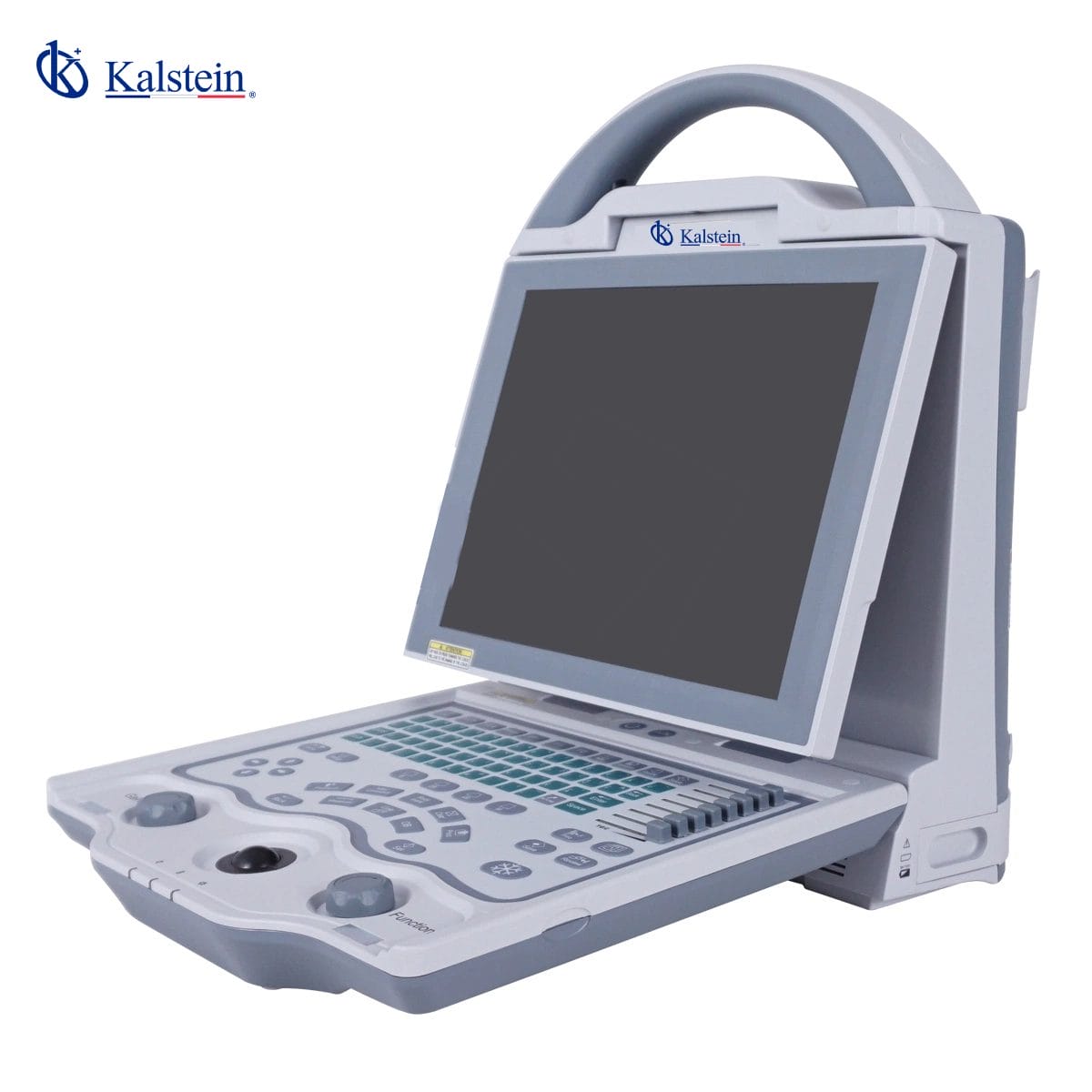
Veterinary Ultrasound, Brand Kalstein As a professional who has worked extensively with veterinary ultrasound equipment, I can confidently state that Kalstein’s veterinary ultrasound machines are among the top-notch choices for modern veterinary practice. Known for their high-quality build and cutting-edge technology, Kalstein’s ultrasound devices stand out for their commitment to enhancing animal care. Each unit […]
Revolutionizing Surgery: A Deep Dive into Electrosurgical Units
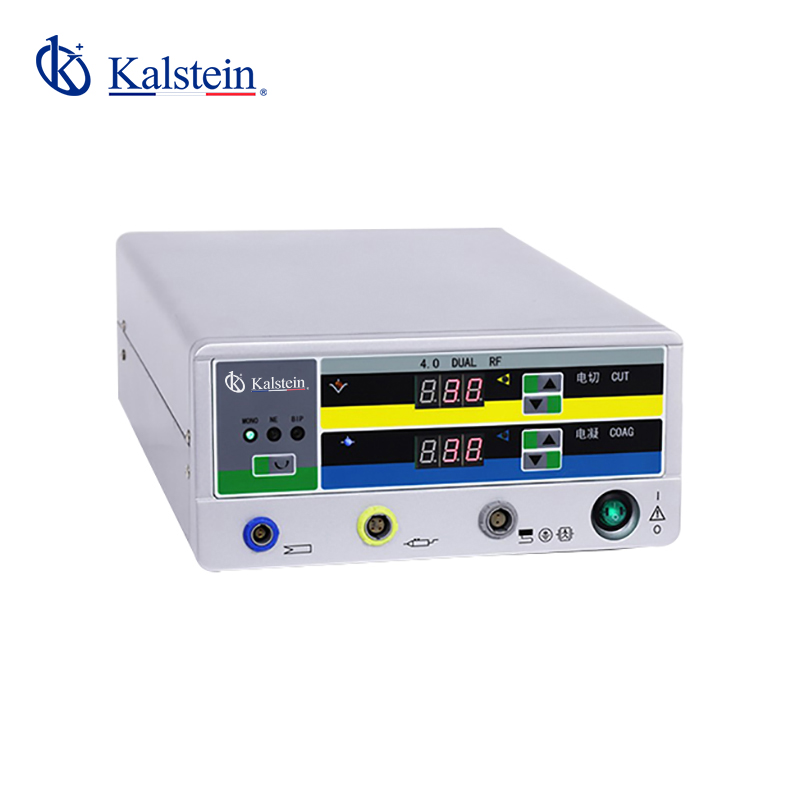
Electrosurgical Unit, Kalstein Brand When it comes to surgical procedures, precision and efficiency are indispensable. Many healthcare professionals trust the electrosurgical units (ESUs) from Kalstein. Having personally experienced their performance, I can confidently say that Kalstein’s equipment integrates cutting-edge technology with reliable functionality. Kalstein is renowned for its commitment to high-quality medical devices that cater […]
Discovering the Versatility and Innovation of Kalstein’s Color Light Box

Color Light Box, Kalstein Brand The Color Light Box by Kalstein stands as a beacon of innovation and quality in the world of laboratory equipment. Known for its precise and consistent illumination properties, it is the ideal tool for color evaluation in various applications. Whether you’re working in textiles, plastics, or printing, this device provides […]
Choosing the Right Veterinary Surgical Equipment: An Insightful Guide
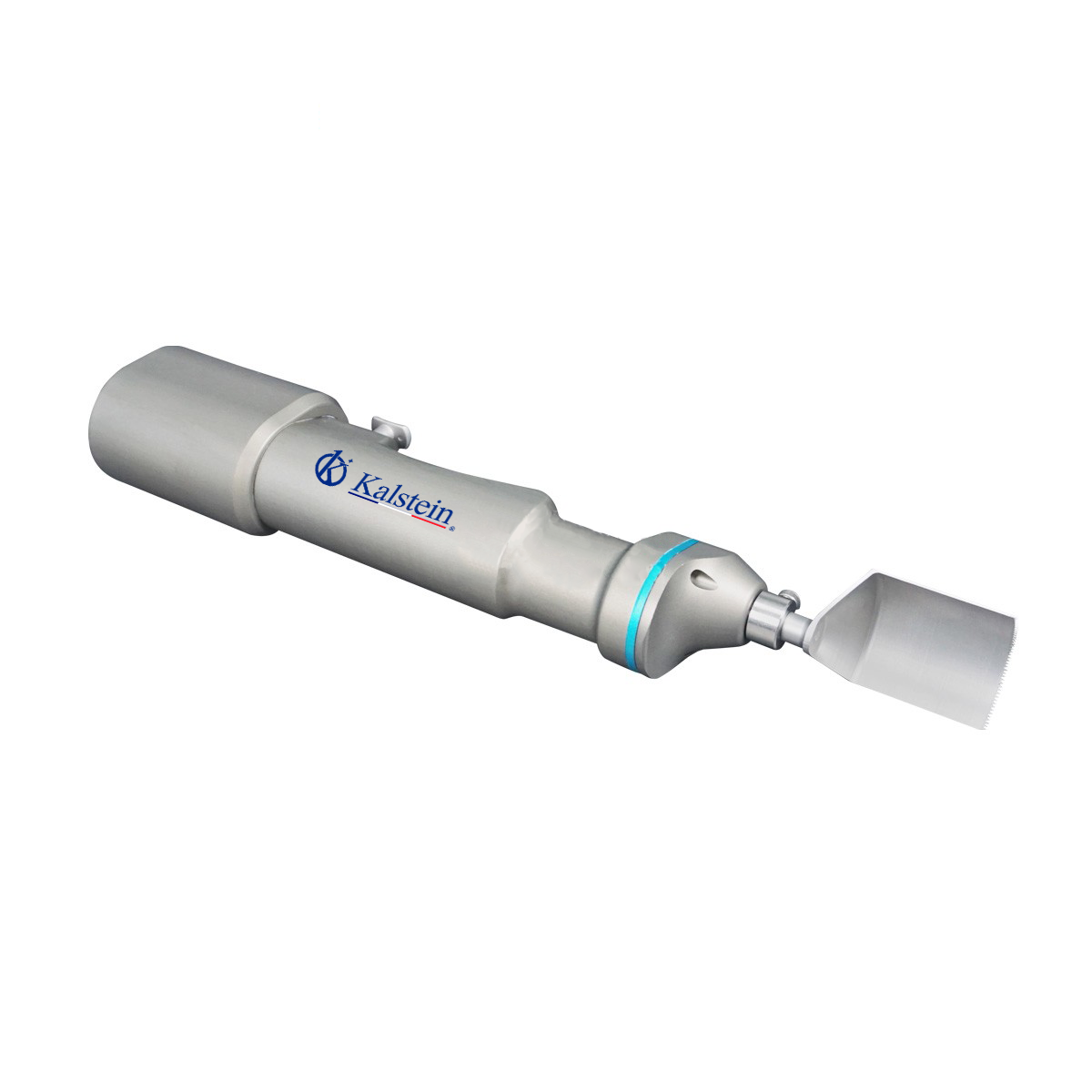
Veterinary Surgical Equipment, Brand Kalstein Welcome to the world of precision and innovation with Kalstein’s veterinary surgical equipment. This renowned brand is celebrated for its dedication to quality and the development of state-of-the-art surgical tools tailored for the veterinary sector. Having used their equipment extensively, I can attest to their commitment to enhancing surgical outcomes […]
Discover the Innovative Kalstein Oxygen Concentrators: A Breath of Fresh Air in Medical Technology
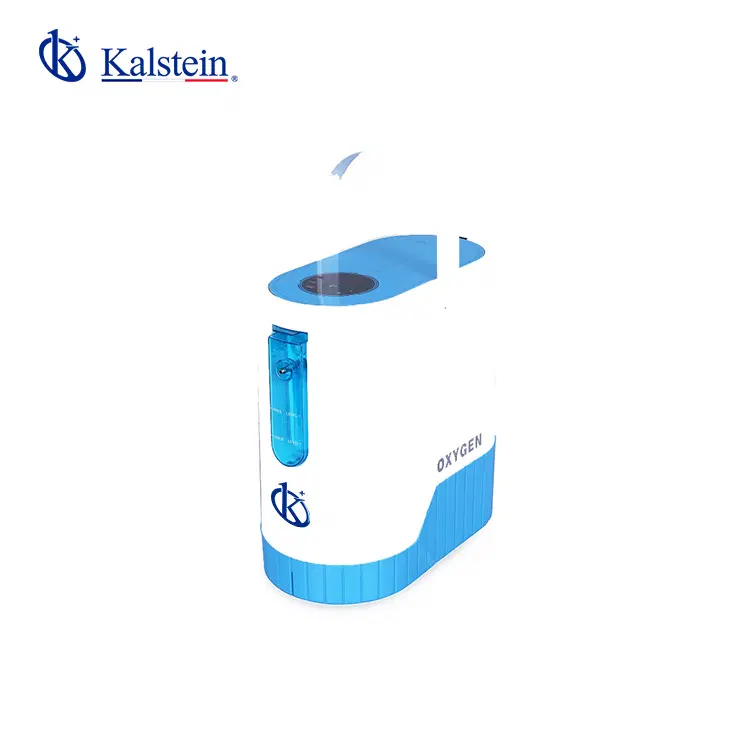
Oxygen Concentrator, Brand Kalstein The Kalstein Oxygen Concentrator represents a breakthrough in medical technology, specially designed to provide consistent and reliable oxygen therapy for patients in need. This product stands out for its advanced features and exceptional quality, making it a top choice in the field of respiratory aid devices. With a focus on customer […]
Discover the Excellence of Water Distillers with Kalstein
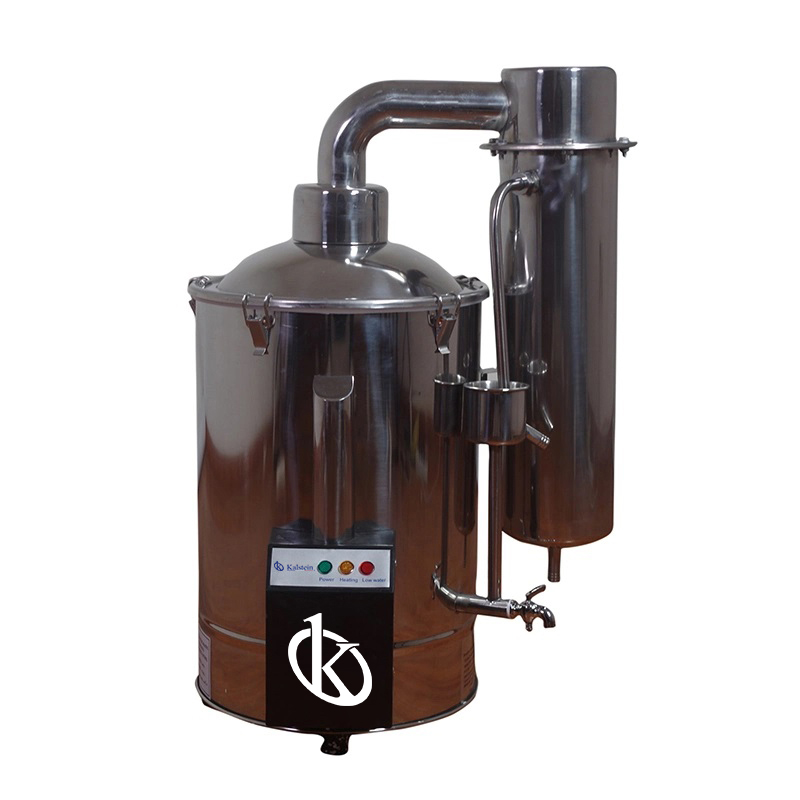
Water Distiller, Brand Kalstein As someone who has had the pleasure of exploring different water distillers, I can confidently say that Kalstein offers an exceptional product. Known for its reliability and performance, the Water Distiller from Kalstein has carved out a strong reputation among its many satisfied users. Kalstein stands out for its commitment to […]
Discovering the Veterinary CT Scanner: Kalstein’s Top Choice for Veterinary Imaging
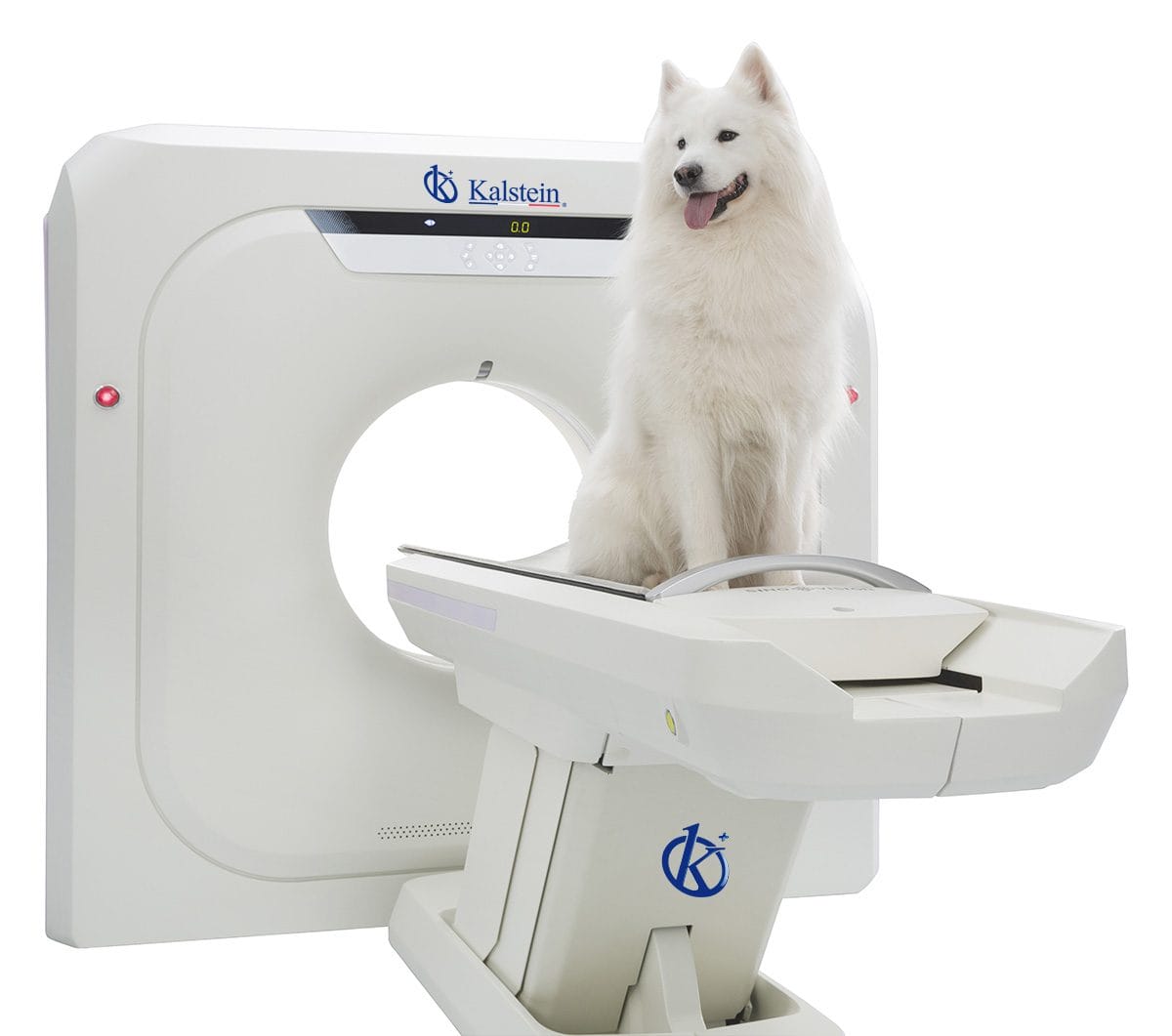
Veterinary CT Scanner: Kalstein Brand As someone who has been deeply embedded in the world of veterinary imaging for years, I’ve come across numerous brands offering CT scanners tailored for animal healthcare. However, the Veterinary CT Scanner by Kalstein truly stands out. Why? It’s not just about the advanced technology, although that’s a big part […]
Unlocking the Future of Medical Care: A Deep Dive into Infusion Pumps by Kalstein
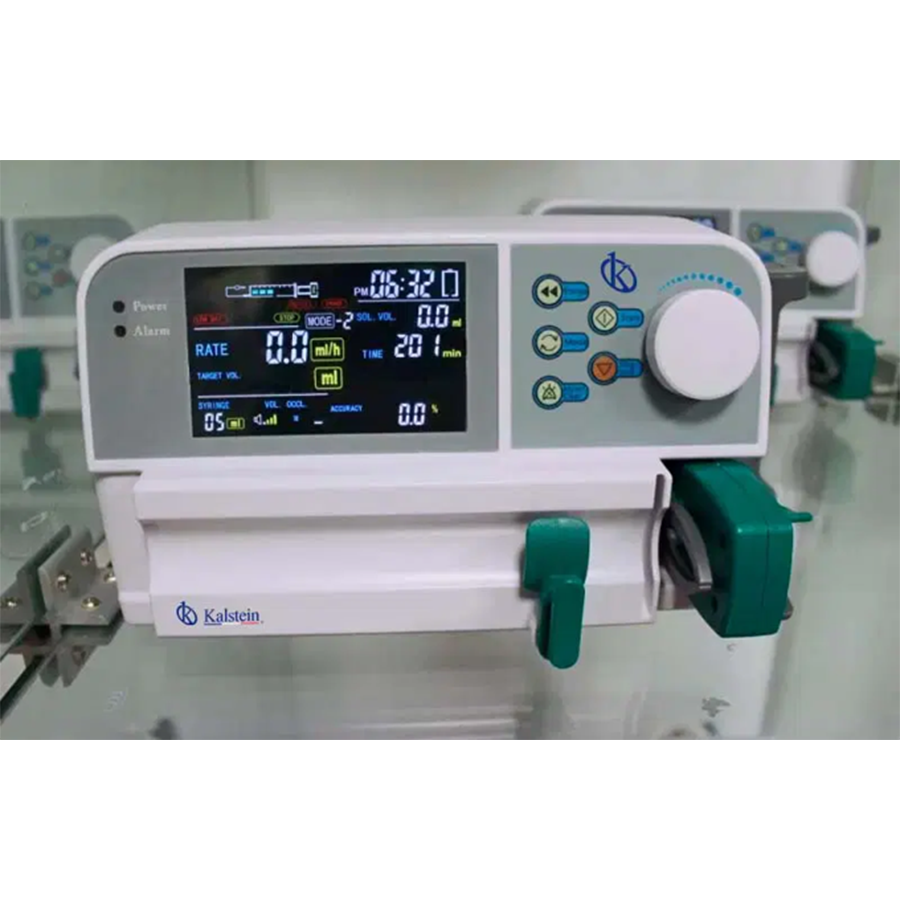
Infusion Pump, Kalstein Brand When it comes to medical equipment, the name Kalstein resonates with quality, innovation, and reliability. Known for their cutting-edge solutions in various medical fields, Kalstein has established itself as a leading provider of infusion pumps. These devices are engineered to deliver precise amounts of fluids, such as nutrients and medications, into […]
Discover the Excellence of Class II Biosafety Cabinets from Kalstein
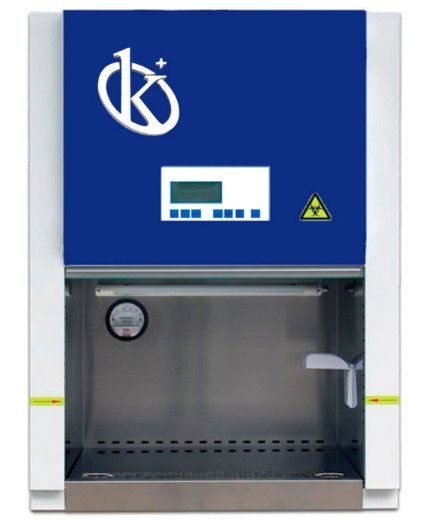
Class II Biosafety Cabinets, Kalstein Brand In the world of laboratory safety, Class II Biosafety Cabinets play a pivotal role by offering both product protection from contamination and operator protection from hazardous particles. Kalstein has established itself as a leader in the field, providing advanced cabinets designed with the highest standards in mind. These cabinets […]
Revolutionizing Veterinary Care: The Innovative Veterinary ICU Unit from Kalstein
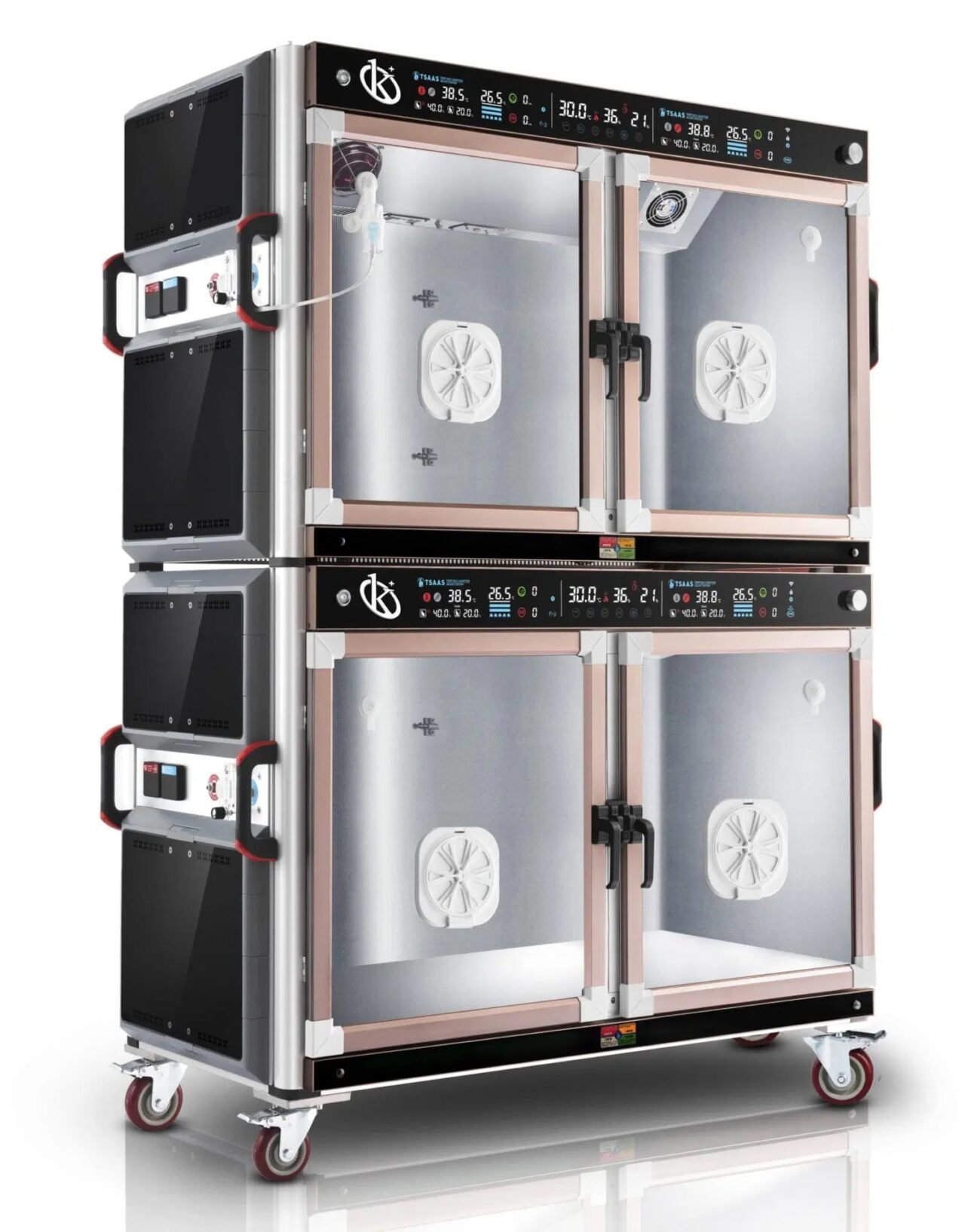
Veterinary ICU Unit, Brand Kalstein As someone deeply involved in veterinary medicine, I cannot emphasize enough the importance of having access to state-of-the-art equipment. One such essential is the Veterinary ICU Unit offered by Kalstein. This unit is designed with the refined needs of veterinarians in mind, ensuring that animal patients receive the utmost in […]
